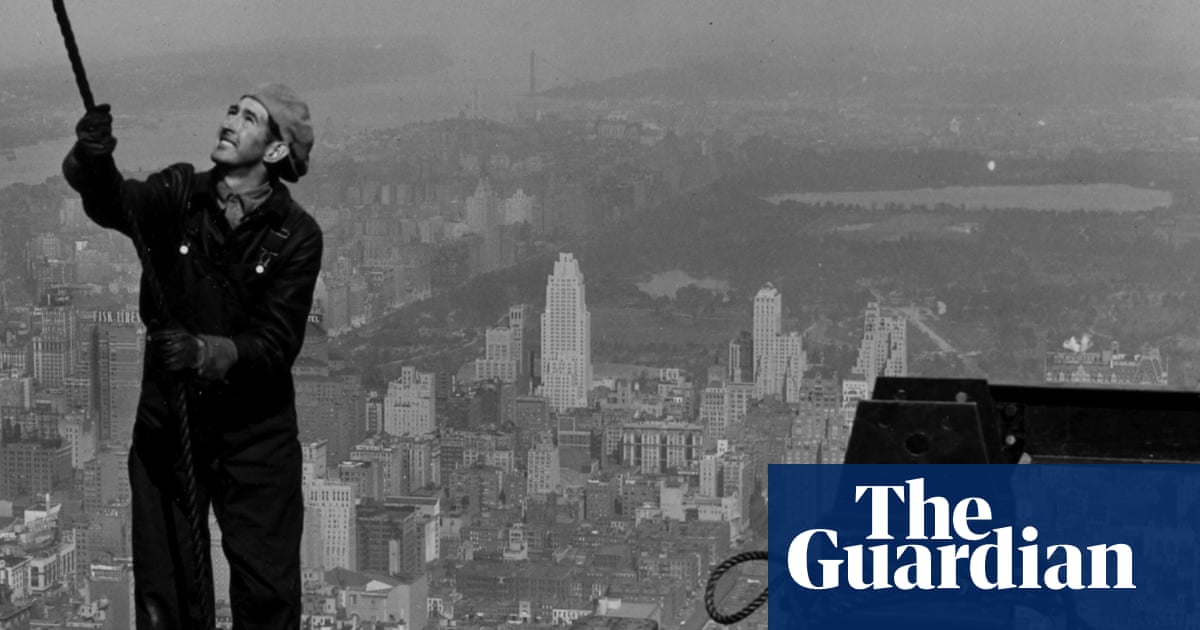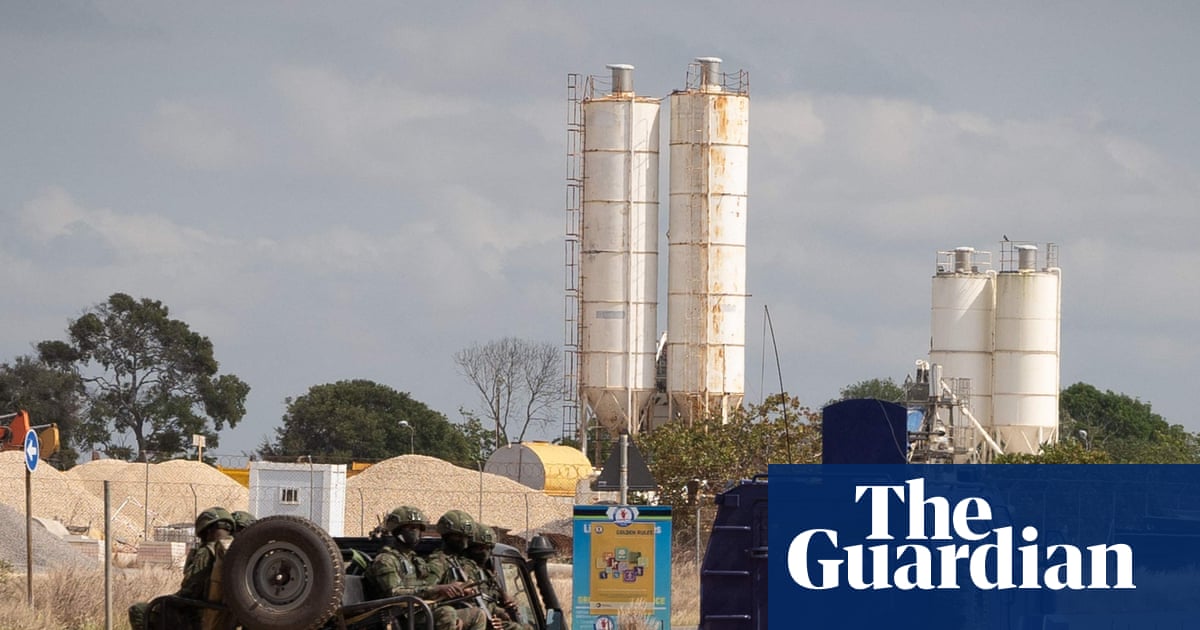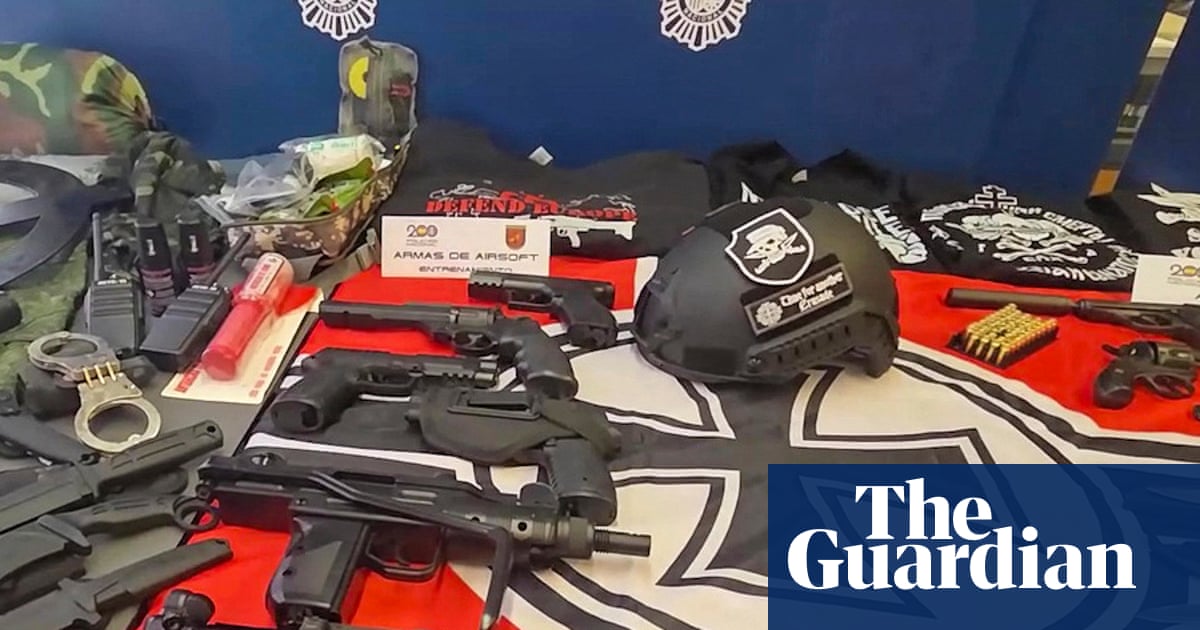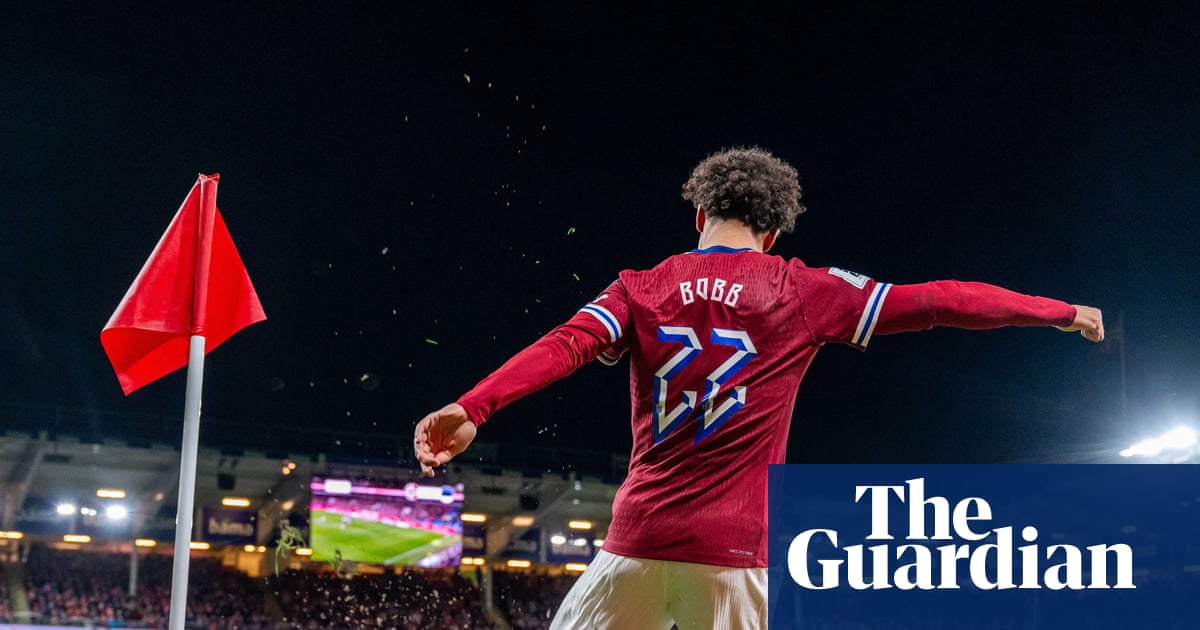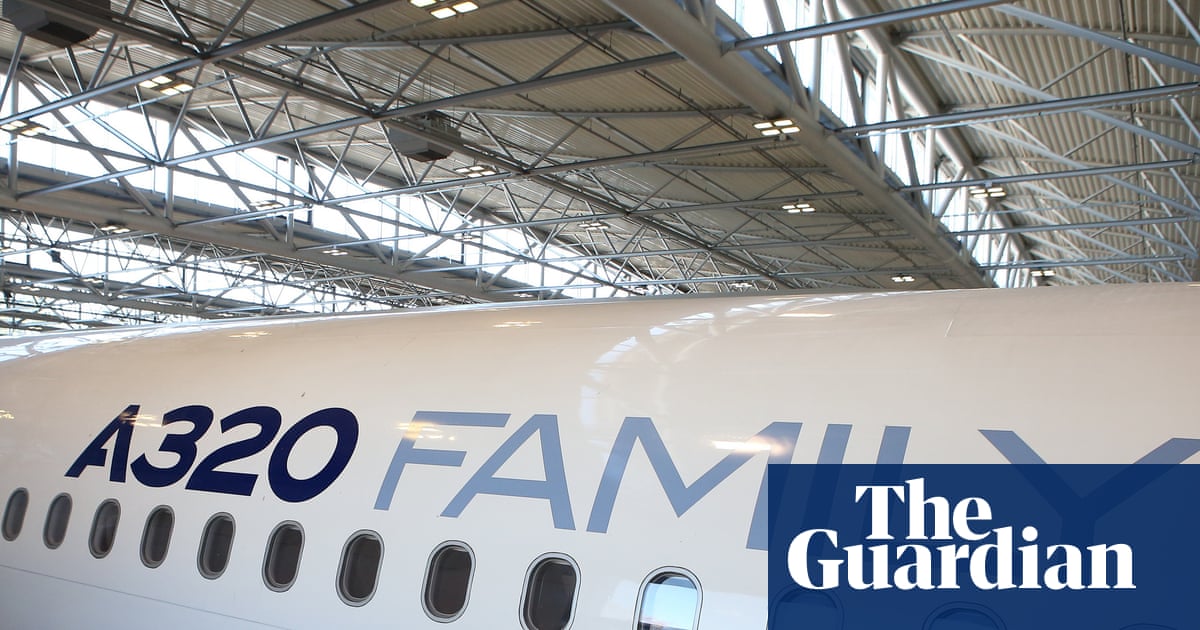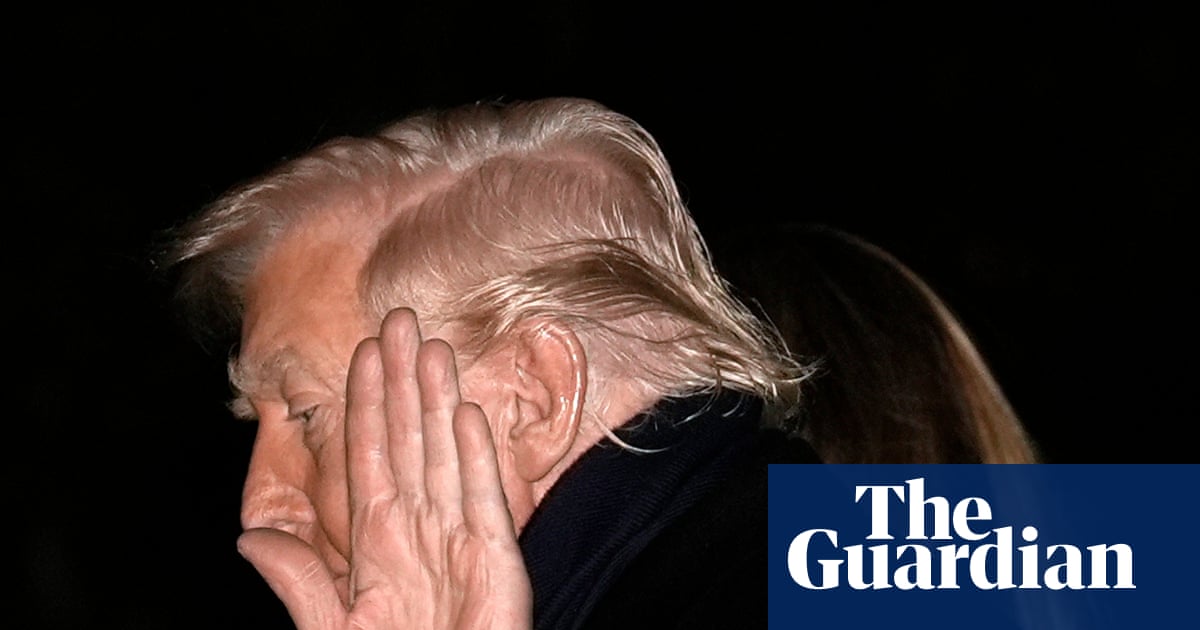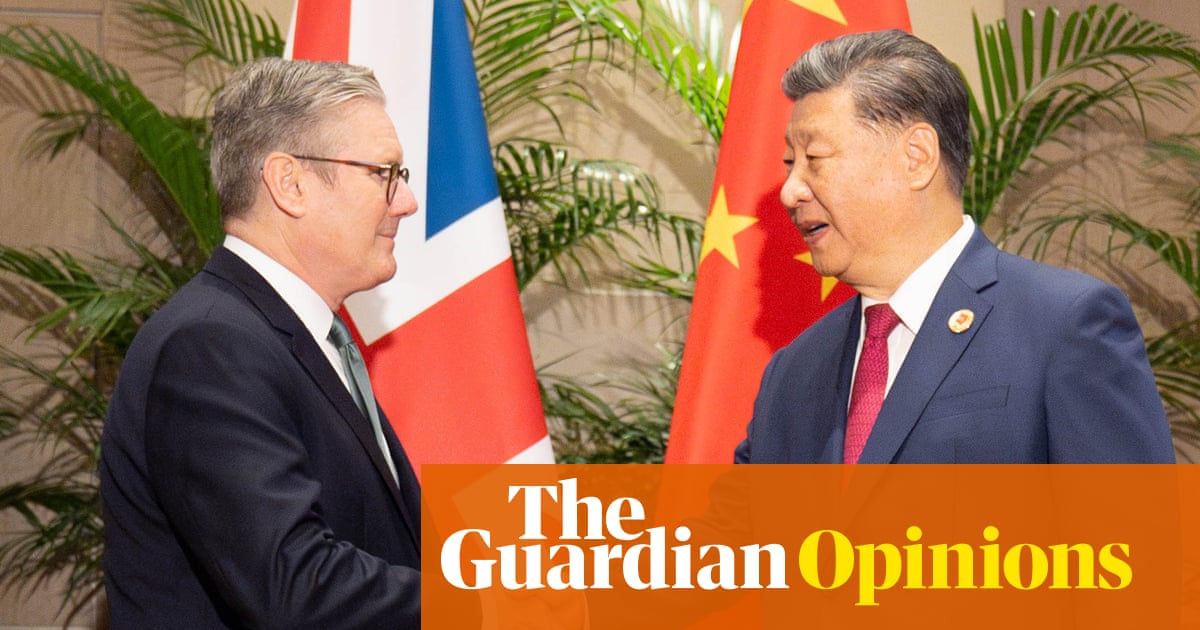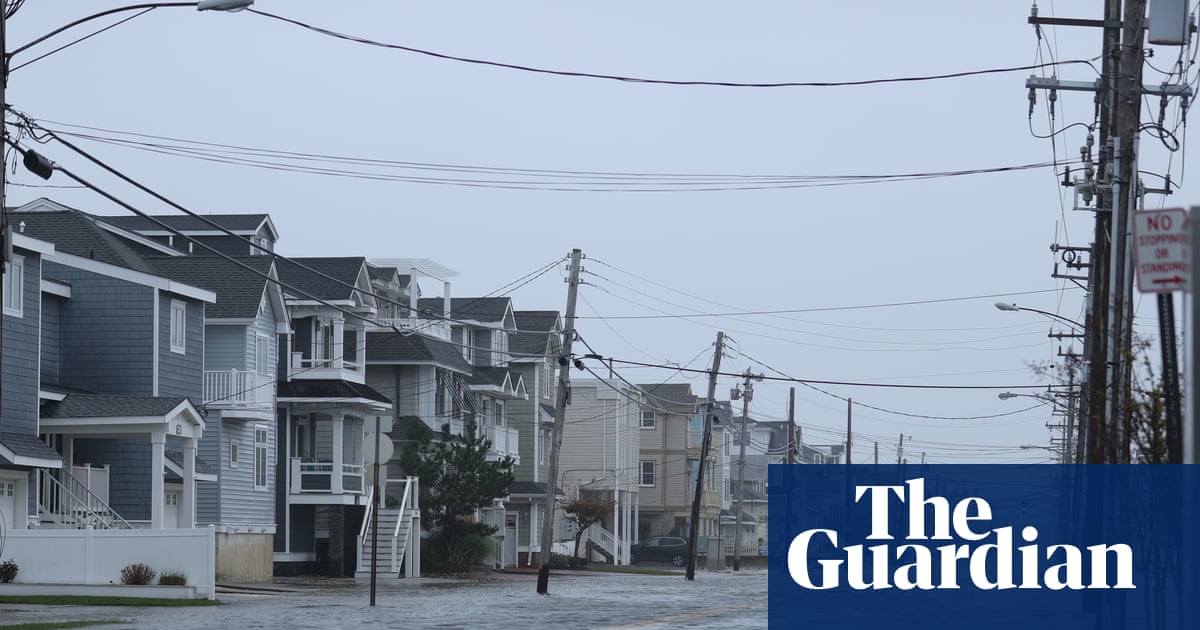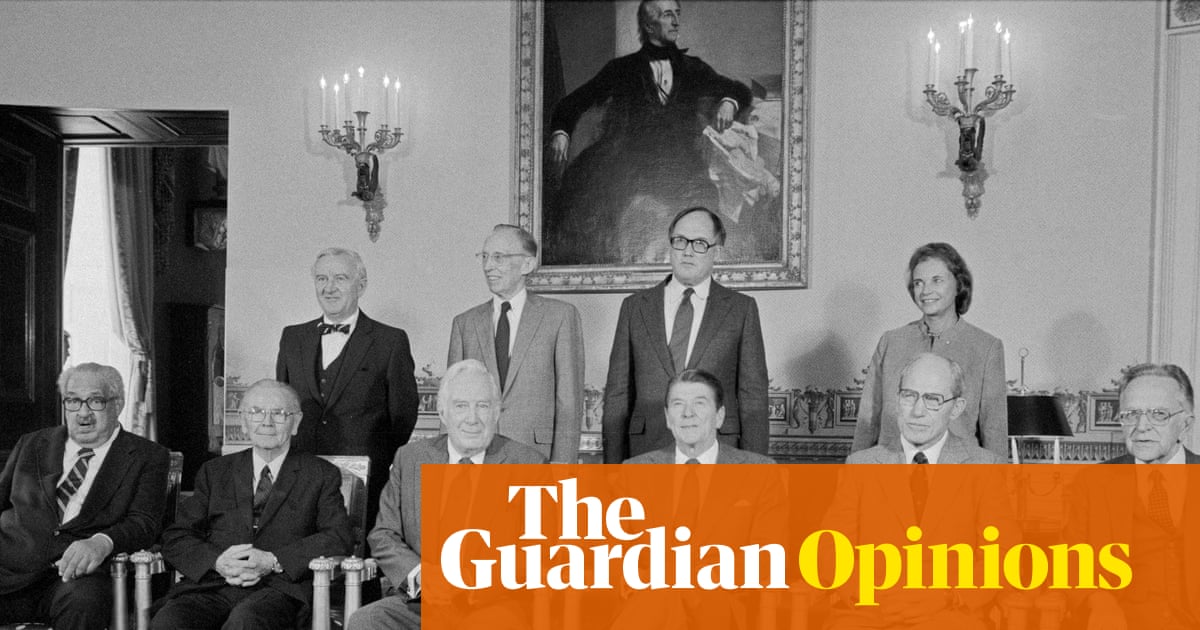Moscow’s forces appear to be tightening their grip on Pokrovsk, as street fighting continues in the strategic eastern Ukrainian city, much of which now lies in ruins.
Ukraine’s general staff on Wednesday denied Russian claims that its troops had been encircled, saying efforts were under way to reinforce the flanks around Pokrovsk and the nearby town of Myrnohrad.
A day earlier, the Ukrainian president, Volodymyr Zelenskyy, visited troops about 12 miles (20km) north of Pokrovsk, thanking them for their service and their defence of the country.
The two sides have issued conflicting accounts of the fighting in and around Pokrovsk, but Ukrainian military analysts have warned in recent days of a sharp deterioration in the situation, with battlefield maps indicating that Russian forces are only a few kilometres away from encircling the remaining Ukrainian troops.
Russia has spent more than a year trying to seize Pokrovsk, a key frontline city and logistical hub seen as the gateway to Donetsk, and has suffered heavy losses in the process.
Home to about 50,000 people before the war, the city lies on a crucial highway connecting a network of urban strongholds that make up Ukraine’s last major defensive line in the Donetsk region. Its fall would represent a breakthrough for Moscow, bringing Russian forces closer to their longstanding goal of seizing the entire region.
In recent weeks, Russian forces have sharply intensified their attacks, initially relying on small dismounted assault groups before gradually massing enough troops to launch a broader offensive on the city.
DeepState, a Ukrainian project that tracks the frontline using verified open-source imagery, showed on Tuesday that Russian forces had advanced further into Pokrovsk and its outskirts, though much of the area remained shaded grey – indicating it was still contested.
In an evening update, the project added: “The situation remains critical.”
Artem Karyakin, a well-known soldier in the Ukrainian armed forces, wrote on X that Russian troops were “present in every district of the city”.
“There is no good news from there; the situation remains tense. While Russian forces have not yet fully taken control of the city, fighting is ongoing,” he added.
Over the weekend, Ukraine deployed special forces to Pokrovsk in an effort to change the momentum and prevent a possible encirclement. Ukraine’s defence intelligence released footage of the Tymur special unit in action, showing a helicopter landing under fire, fierce street fighting, and drone strikes on Russian positions.
However, the daring operation does not appear to have shifted the situation in Ukraine’s favour.
Some Ukrainian and western commentators have questioned Kyiv’s decision to continue defending Pokrovsk, arguing that it exposes its soldiers to grave danger in what may already be a lost battle.
“Ukraine may be repeating a costly mistake in Pokrovsk,” wrote Emil Kastehelmi, an analyst with the Finland-based Black Bird Group, which monitors the war, on X.
“It’s a recurring pattern, seen for example in Vuhledar and Kursk – a reluctance to conduct a controlled, militarily justified withdrawal from a threatened salient when the situation no longer favours the defender,” he added, referring to areas Ukraine eventually abandoned after prolonged standoffs.

Ukrainska Pravda, Ukraine’s leading independent outlet, has previously criticised the country’s military command for errors made in Pokrovsk and reported that some brigades have misled superiors about their frontline positions.
Even without those concerns, the Ukrainian army is fighting an uphill battle, worn down by the same pressures that forced retreats in the past: actute shortages of men and the constant barrage of Russian drones cutting supply lines.
Moscow has also recently gained a new battlefield advantage, deploying jet-powered glide bombs capable of striking targets far beyond the frontline – a significant upgrade to its arsenal, and one that has placed an even greater strain on Ukraine’s already stretched air defences.
Kyiv will be hoping the eventual fall of Pokrovsk does not give Moscow a springboard for a renewed push towards Kramatorsk and Sloviansk, the two largest Ukrainian-held cities in the Donetsk region, which Russia has long sought to seize.
While Russian forces continue to advance, their progress remains slow and costly, raising questions over whether they have the capacity to push on further.
At the same time, Ukrainian forces are stretched out on other parts of the front.
Russian troops have entered Kupiansk, a strategically important city in the northern Kharkiv region, which Moscow claims to have encircled. Ukraine has denied those claims, with Zelenskyy saying earlier this week that Ukrainian units were working to eliminate what he described as about 60 Russian soldiers in the city.
The worsening situation in the east comes as diplomatic contacts between Russia and the US over the war in Ukraine appear to have ground to a halt.
Speaking last week after a meeting with Xi Jinping in South Korea, Donald Trump appeared to signal a more hands-off approach, saying: “Sometimes you have to let them fight.”
Last month, his administration imposed tough sanctions on Russia’s two largest oil producers, measures that appear to have hit the country’s energy revenues.
At the same time, however, the US president has continued to withhold longer-range weapons, including Tomahawk missiles, from Ukraine.

 3 weeks ago
23
3 weeks ago
23
